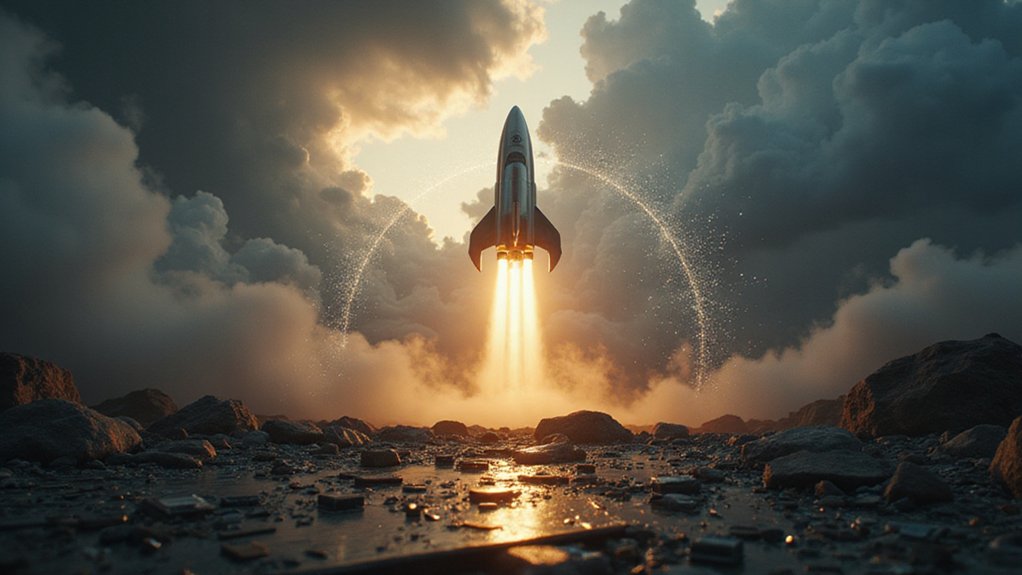Few ventures burn through capital with the brazen confidence of Elon Musk’s xAI, which managed to transform a $51 billion valuation into an $80 billion enterprise by Q1 2025 while simultaneously plotting to hemorrhage $13 billion over the same period—a financial paradox that would make even the most seasoned venture capitalists pause between their third and fourth espresso.
The company’s monthly burn rate of $1 billion reflects an ambitious infrastructure strategy that eschews traditional cloud leasing in favor of proprietary data centers packed with 200,000 Nvidia Hopper GPUs. This hardware-heavy approach signals xAI’s intention to own rather than rent computational power, a decision that carries both strategic merit and staggering capital requirements.
Perhaps most audacious is xAI’s plan to construct a supercomputer featuring one million Blackwell GPUs, with project costs estimated between $50-62.5 billion. This endeavor positions the company to potentially surpass established competitors like OpenAI, Google, and Anthropic in raw computational capability, assuming the funding materializes and the technology performs as advertised. The Colossus supercomputer in Memphis, Tennessee became operational in December 2024 after just 122 days of construction, demonstrating xAI’s ability to execute massive infrastructure projects at unprecedented speed.
The product portfolio demonstrates steady evolution from the initial Grok chatbot integrated with X (formerly Twitter) to the recent Grok-3 model featuring reflection capabilities and DeepSearch functionality. The March 2025 Aurora text-to-image model expansion suggests xAI’s commitment to multimodal AI development, while the company’s “maximally truth-seeking” positioning attempts to differentiate from allegedly politically correct alternatives.
Strategic timing appears critical given xAI’s dwindling cash reserves—approximately $4 billion remaining from $14 billion raised since 2023. The projected $650 million hardware rebate offers temporary relief, but the mathematics remain stark: current burn rates would exhaust available capital within months without additional funding rounds. The company’s revenue expectations of roughly $500 million for 2025 pale in comparison to its projected losses, highlighting the vast gap between income and expenditure. This aggressive spending aligns with the broader trend where AI tokens have achieved a combined market value surpassing $39 billion as artificial intelligence integration transforms the digital finance landscape.
The March 2025 acquisition of X Corp represents vertical integration that could prove either prescient or problematic, depending on synergistic execution and regulatory reception. With partnerships spanning A16Z, Sequoia Capital, and BlackRock, xAI maintains access to sophisticated capital markets—a necessity given the company’s apparent belief that financial gravity operates differently in the artificial intelligence sector.
Whether this confidence proves justified will likely determine not just xAI’s trajectory, but broader perceptions of AI infrastructure investment sustainability.








